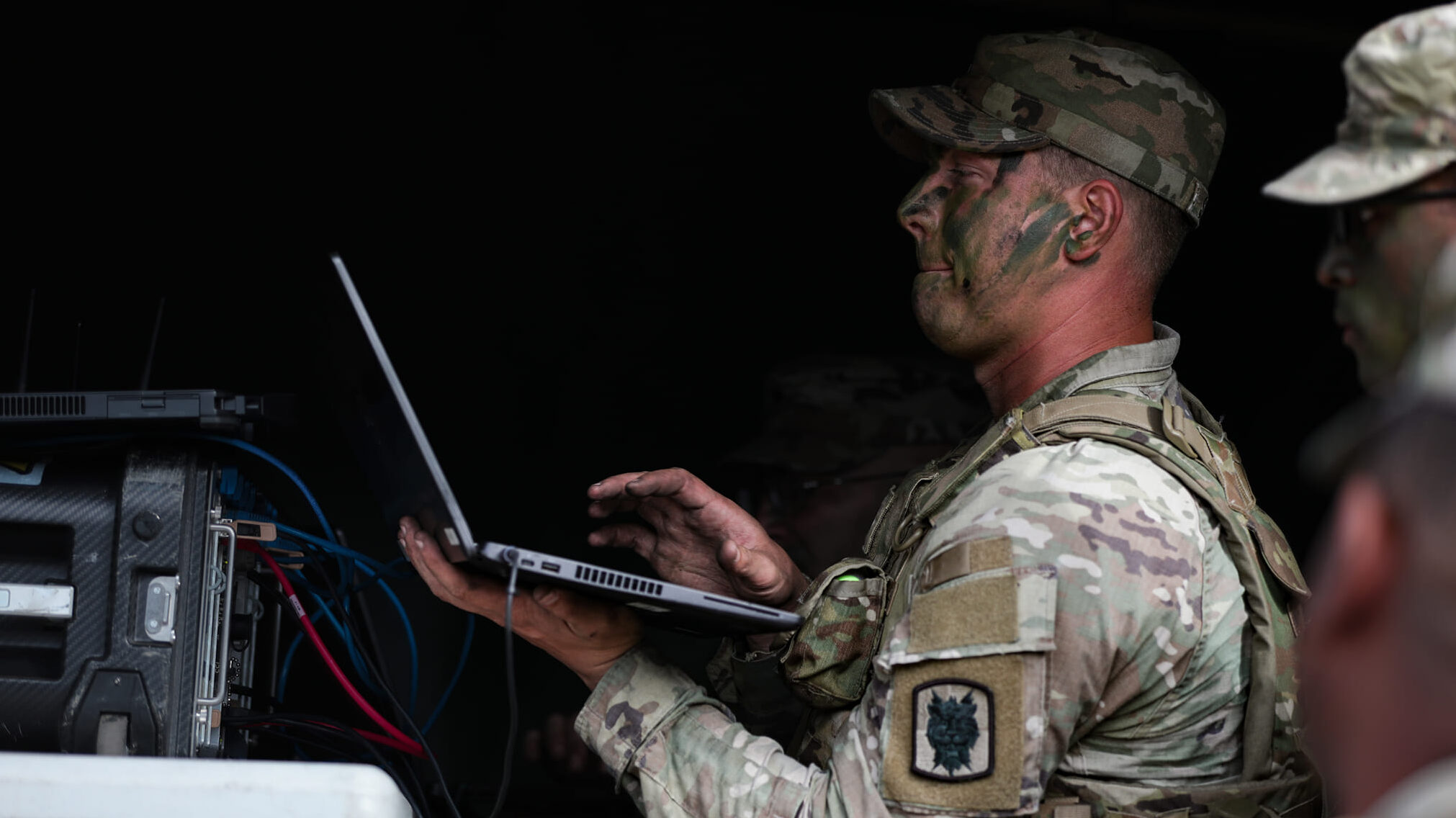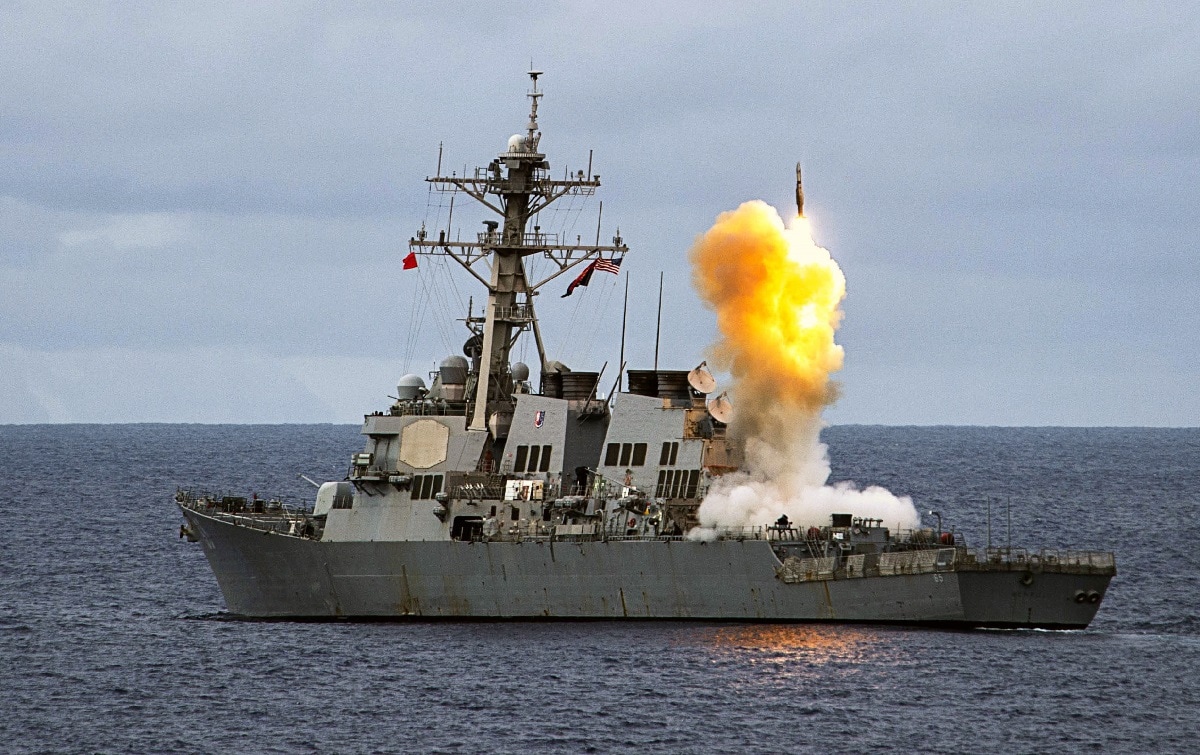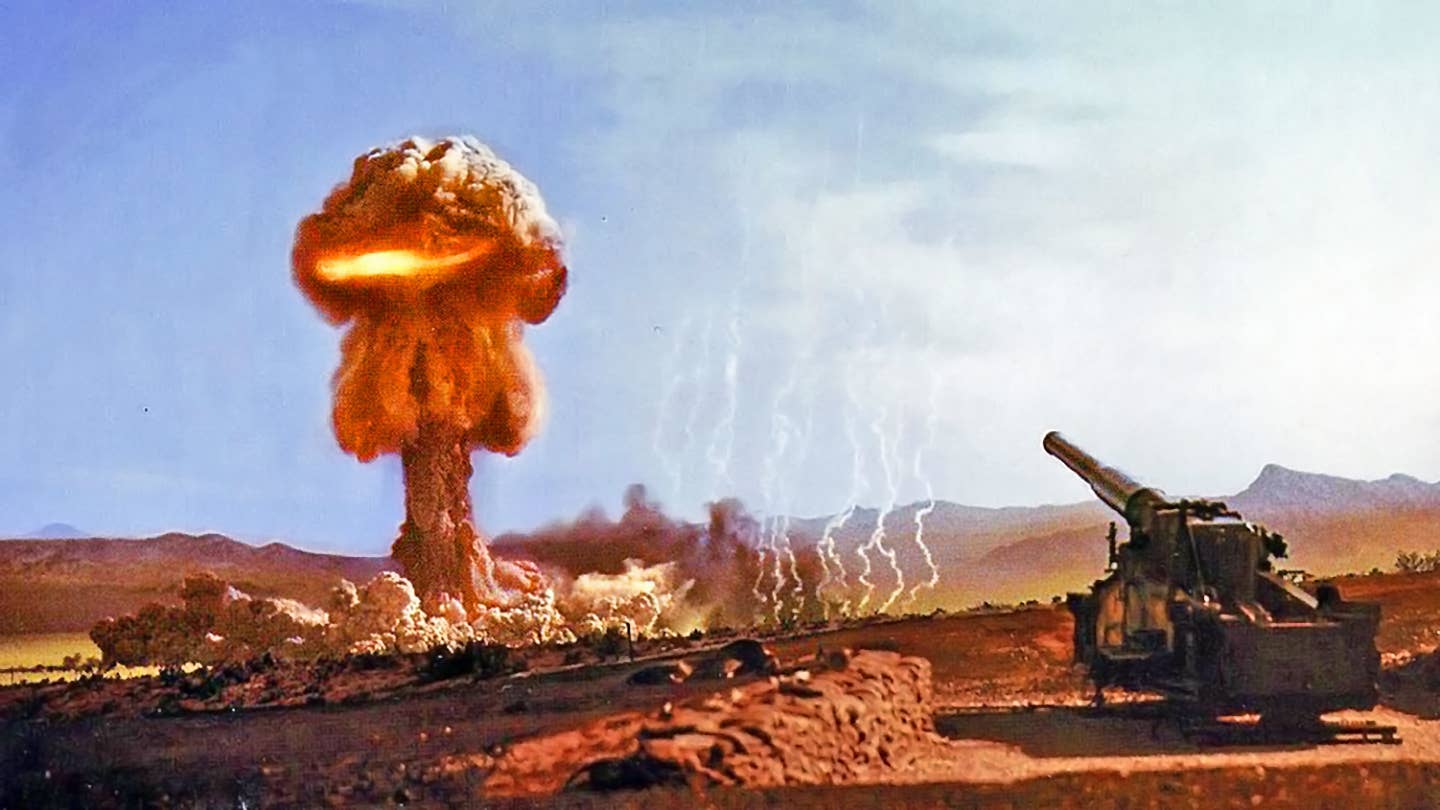Ashok Sharma

The 17th round of talks was held at the Chushul-Moldo border meeting point on the Chinese side on Tuesday, the statement said. It gave no indication of whether a breakthrough had been reached to end the impasse.
There was no immediate comment from the Chinese side.
Indian army chief Manoj Pande said last month there had been “no significant reduction” in Chinese troop strength in Ladakh. He said the border situation was “stable but unpredictable.”
However, Tuesday’s meeting between the army commanders is expected to lower tensions as it came less than two weeks after another clash between soldiers in India’s eastern Arunachal Pradesh state that left some injured on both sides.
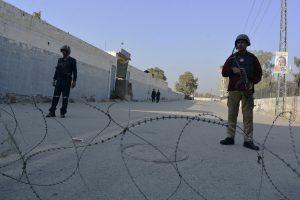



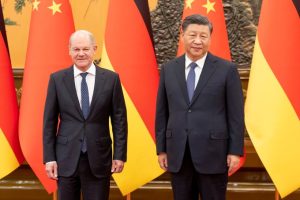


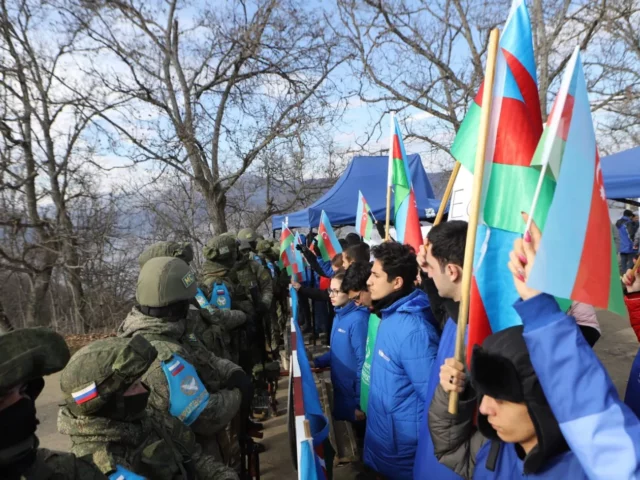


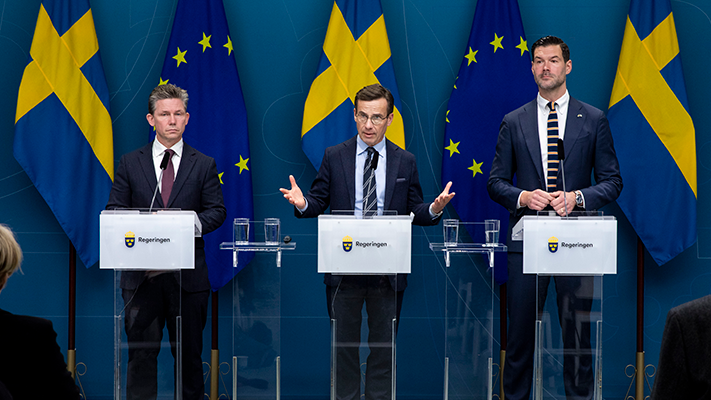


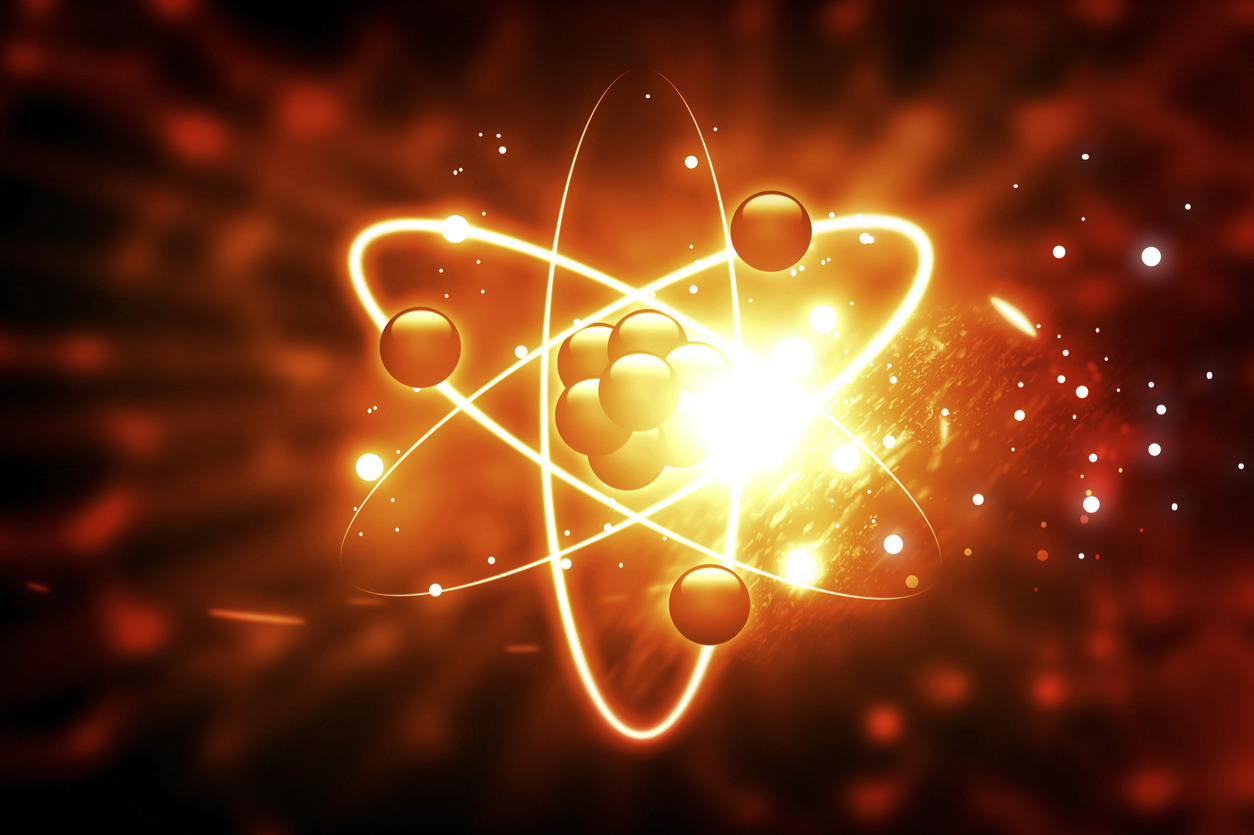

:quality(100)/cloudfront-us-east-1.images.arcpublishing.com/thesummit/OG3AUZ5MVNECBDVSKMWS3DJCYY.jpg)

